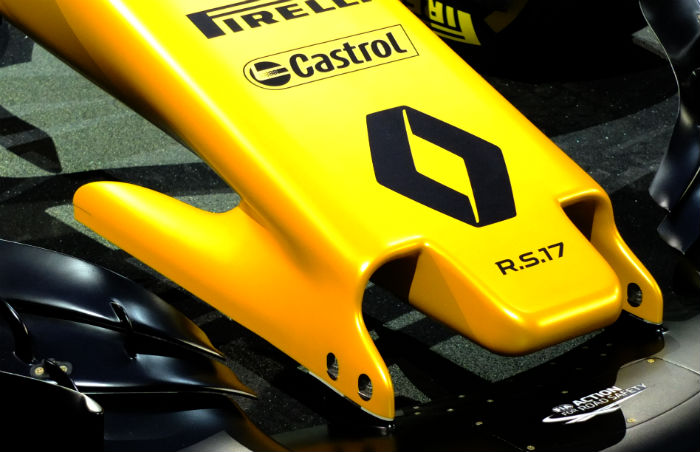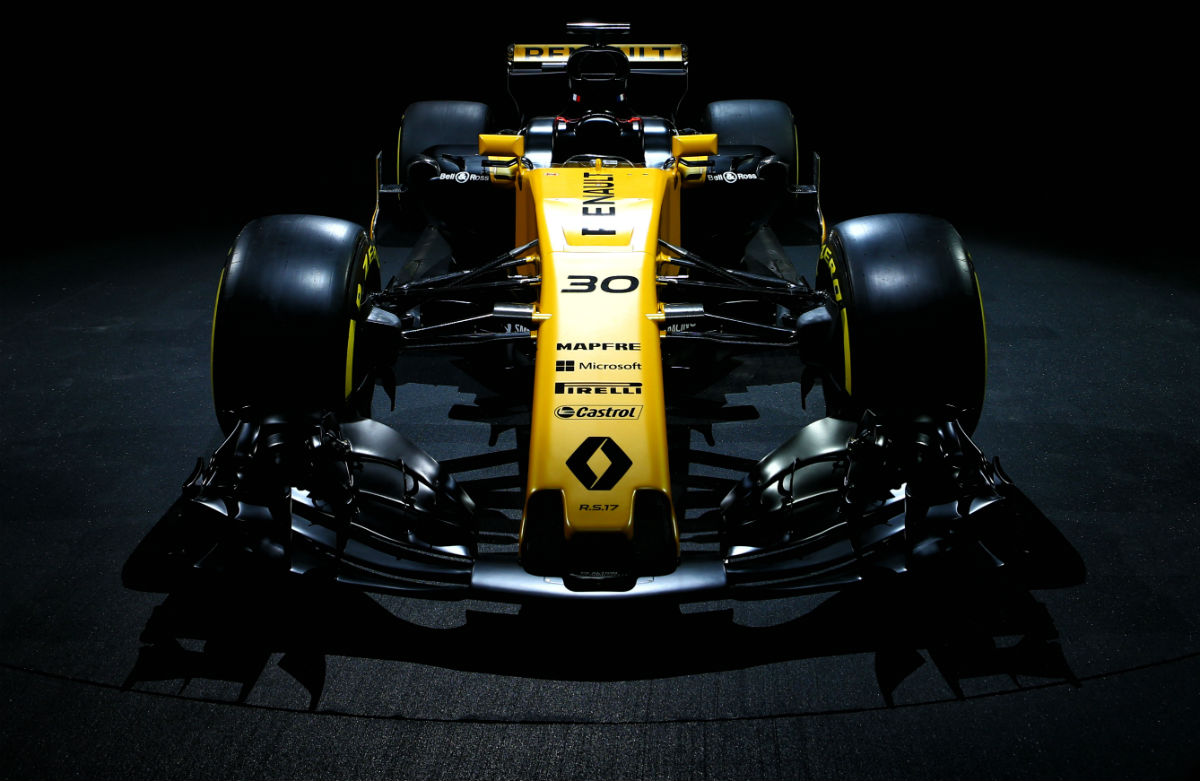The Renault RS17 made its public debut at the perhaps unlikely venue of the Royal Horticultural Society’s Lindley Hall in London. Built to the new for 2017 Formula 1 Technical Regulations the RS17 is the first all new car from Enstone for some time (the RS16 was a mildly updated Lotus E21, itself an update of the E20).
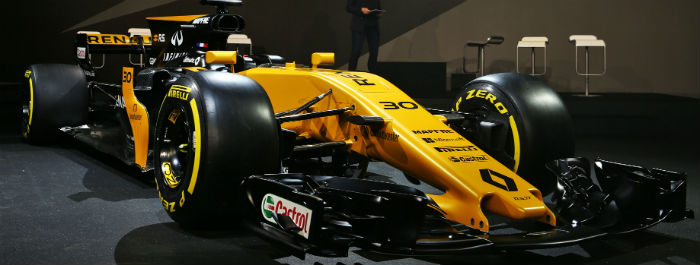
“This will be the first season where we are operating from the outset as one team so it is a good foundation year” Cyril Abitboul admits. “Last year saw us use a car which was put together in a very rapid timeframe. This year we have been able to work on our car in an integrated fashion between Enstone and Viry. This car and this season should see us achieve strong progress.”
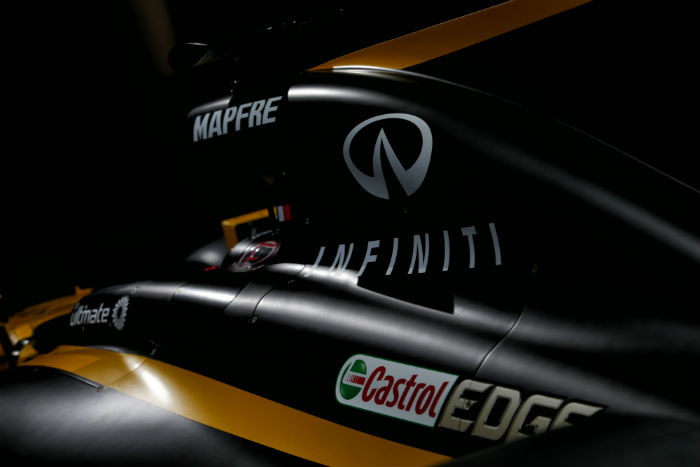
A lot of effort was placed on the development of an all new power unit to run in the RS17 (as well as in the back of both the Toro Rosso and Red Bull). “The first area was integrating the power unit into the chassis, we’ve also worked a lot on the weight, the cooling layout for both power unit and also aerodynamic performance, and then we have targeted a further step forward in performance. On the power unit side we made a good step last year with achieving our targets. We now need to take another step” Remi Taffin explains. “A step in performance from the ICE was targeted too, and with any gain you also increase the severity of impact on the parts, as you’re putting them under greater loads. The ICE architecture is new compared to last year and the implementation is also a bit different. We have no plans to go down the split turbo route. We have considered this like we consider all concepts, however we are happy with the solution we have.”
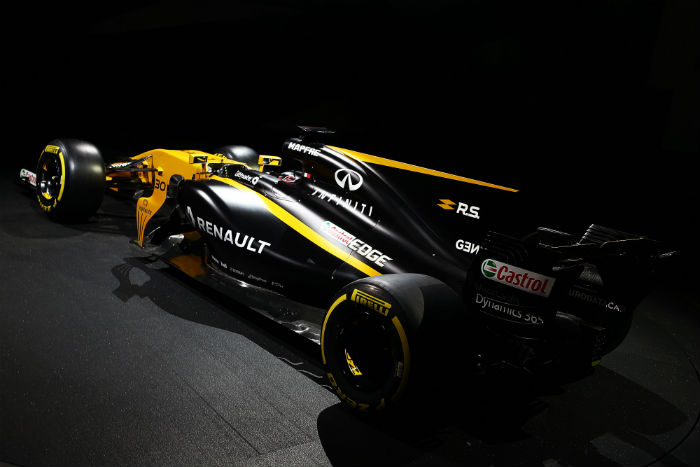
While details of the new power unit were not revealed at the launch it is known to have a stiffer and generally stronger crankcase and cylinder heads in order to cope with the much higher chassis loads which will be experienced as a result of the new regulations. “If you were able to be part of the team and look at the naked car and could evaluate the architecture, you would be able to see a lot of difference between last year’s unit and its installation and this year’s. The power unit is made to suit the car, and this is a fundamental difference. The engine and the chassis fit together, and not like a puzzle with the R.S.16! The R.S.17 is far more homogeneous” Taffin continues. “At the launch Renault admitted that some of the parts on the car were really just for show with the final components to be fitted at the first test, however there were a number of very interesting features on the launch specification car.”
The roll hoop concept is particularly interesting, Renault has adopted the centreline cooling concept used by Mercedes in 2016 and also by Sauber in 2017. This sees the ERS (MGU-H & MGU-K) cooler relocated to the centre of the car, mounted just about the bellhousing. A rule change for 2017 meant that Renault had to integrate its battery management module with the main cell pack, whereas the two were separate in 2016, however this should simplify the cooling layout of the car somewhat
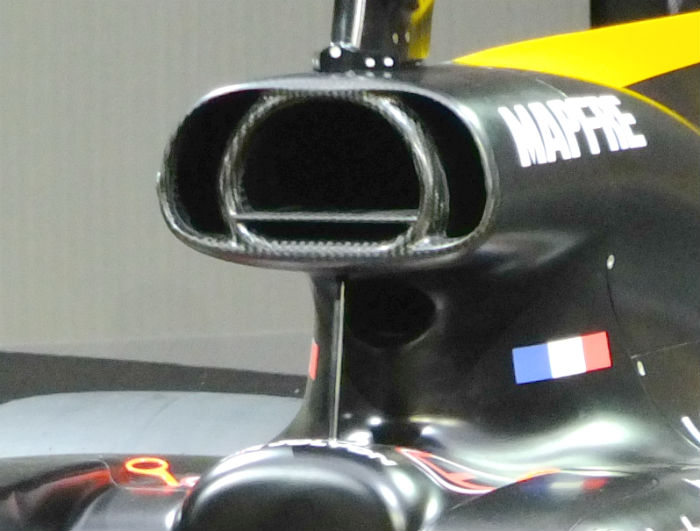
Looking at the roll hoop area the outline of a conventional roll hoop and engine duct can be seen. The largest duct feeds combustion air to the V6 engine while the lower segment is used for cooling another component. The two segments on either side of the main duct feed the MGU-H & MGU-K cooler. Finally there is a small duct beneath the main roll hoop area, again used for cooling.
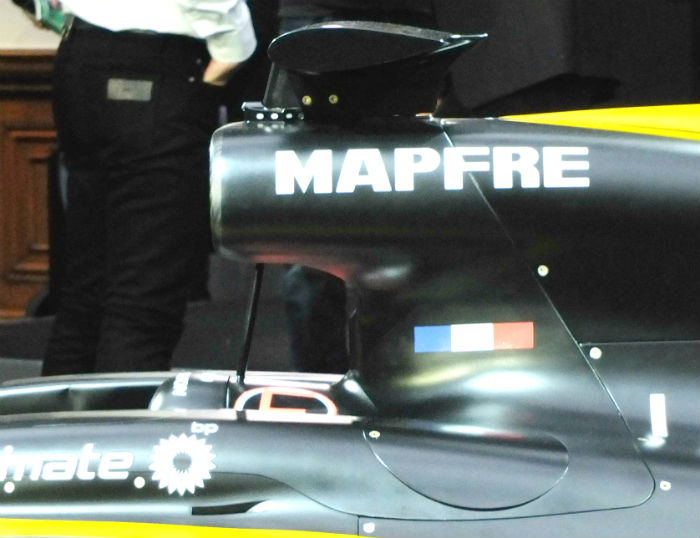
The roll structure features a single very thin support, note also the small opening for cooling alongside the cockpit, in the renders of the car issued by the team (oddly after the real thing had been launched) it is clear that this is the usual interchangeable louvred panel used in this area of the car (below).
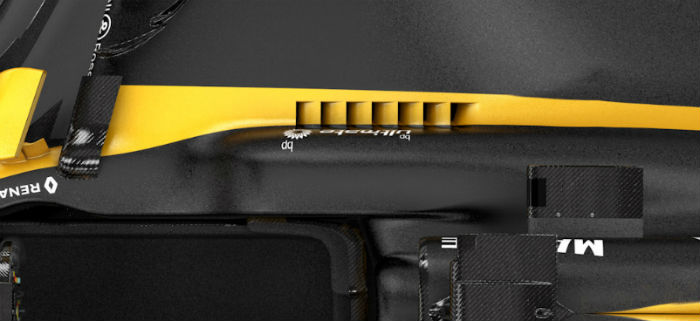
The rear of the car features pull rod actuated rear torsion bar springs, further details of the suspension layout were not available at the launch (the front is a pushrod layout as is standard).
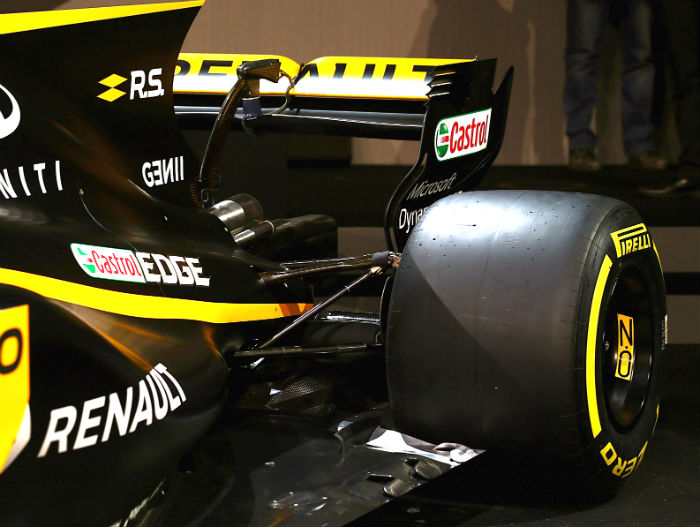
Note the use of a fin on the engine cover another common feature of F1 2017 car design, it is thought that these improve flow over the new lower and wider rear wings with the car in yaw.
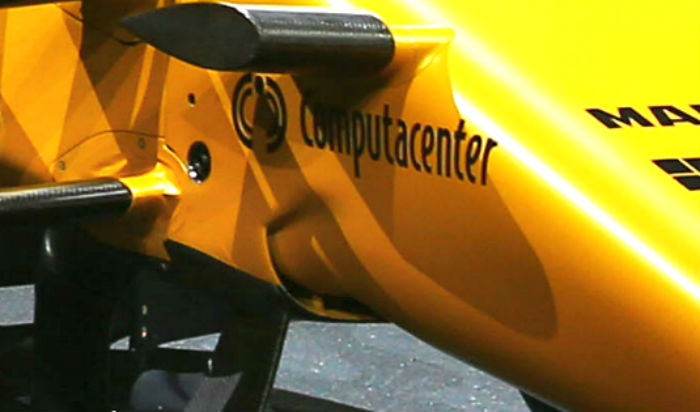
The front of the car features a red bull style ducted nose with a segmented duct under the front crash structure (above) and an outlet on the top of the nose (below) just ahead of the front bulkhead.
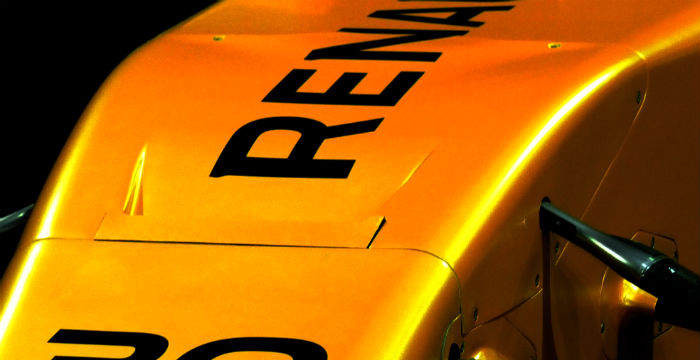
The leading edge of the exit on the top of the nose appears to have been fitted with a rather crude strip of bodywork, perhaps suggesting that this is an area which could see noteworthy developments during the opening tests.
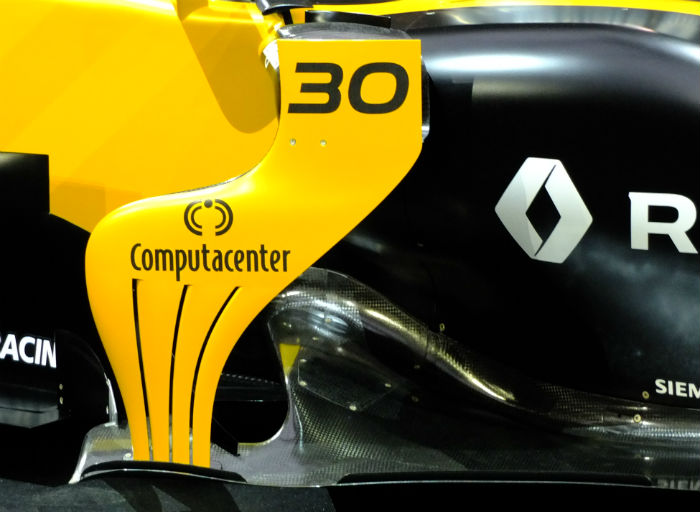
One interesting area of the car is around the bargeboard and sidepod mounted flow conditioner, at the launch the car was fitted with this rather elegant component which may well not make it onto the car in Barcelona.
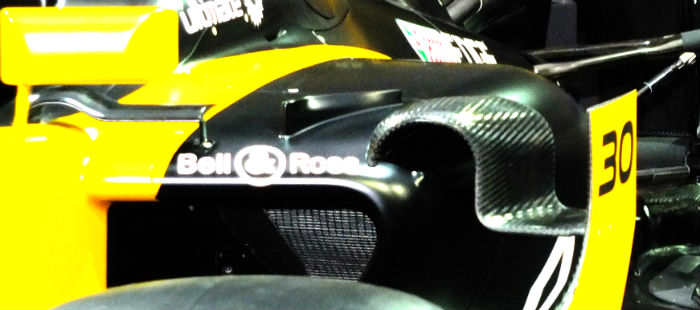
Its mounting to the outer leading edge of the sidepod is also fairly unconventional (above). The 2017 regulations allow teams to run and develop much larger bargeboards and the Renault is fitted with notably large ones, though the detail design is probably only vaguely indicative of what will be on the car in Melbourne.
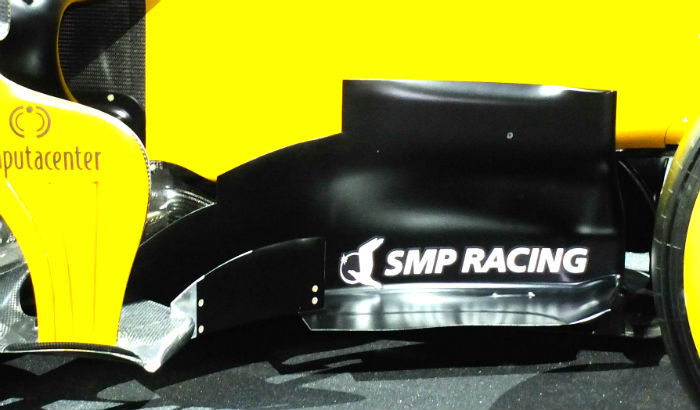
A look at the rear suspension and diffuser fitted to the car at the launch, its volume is of course larger than that of the 2016 car. While the version seen here has four fairly simple strakes and blanked off outer sections it is likely that this is just fitted for the launch of the car as it is normal for this area to be covered or removed entirely. Note the twin wastegate exits.
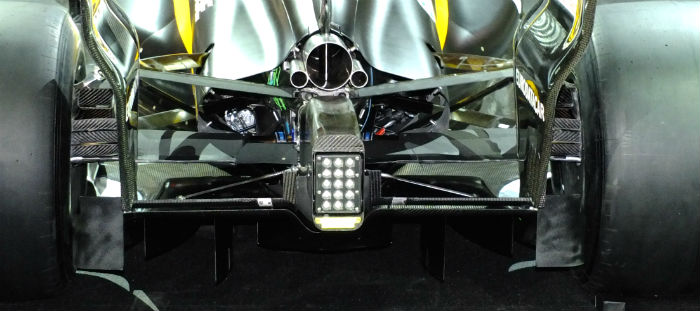
The rear wing end plate features four vents at the upper portion of the leading edge, while it looks like they are open ended they are in fact linked by a small metal component. Note the small lips sweeping upwards.
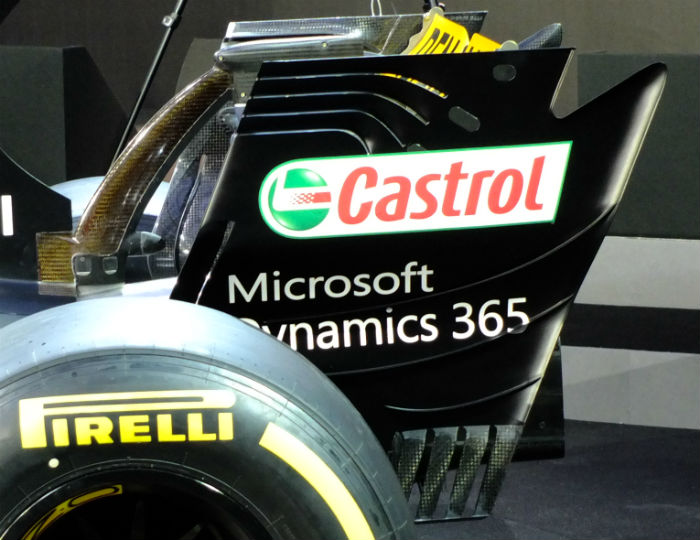
From a slightly different angle it is possible to get a look at the inner face of the rear wing end plate, note the serrated lower section, and the vent in the leading edge.
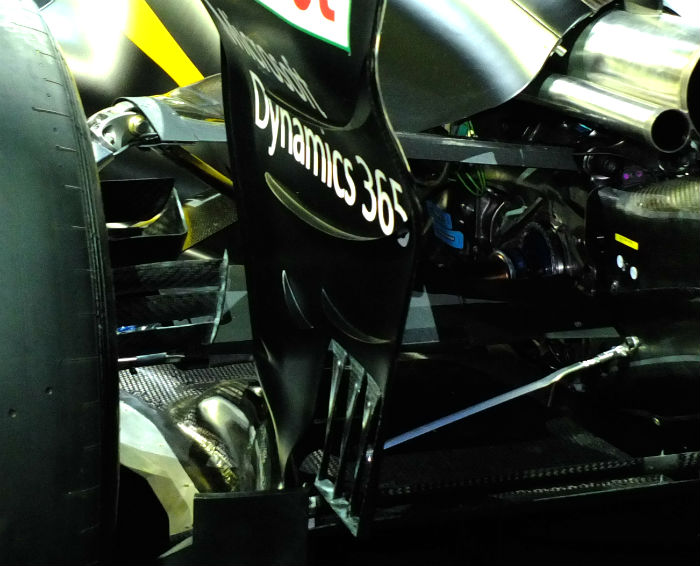
A good look at the area above and outboard of the rear wing endplate including the winglet array mounted to the upright. Note also the inboard driveshaft pickup.

The front wing of the car is swept back as is required by the new regulations, of note however are the two rearward extensions from the wing supports.
